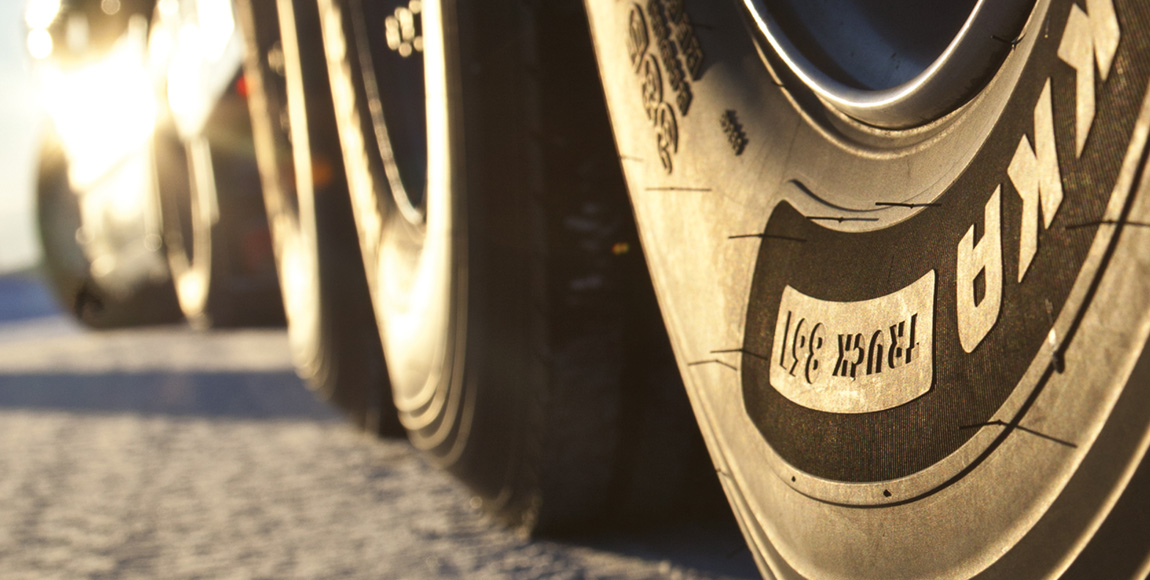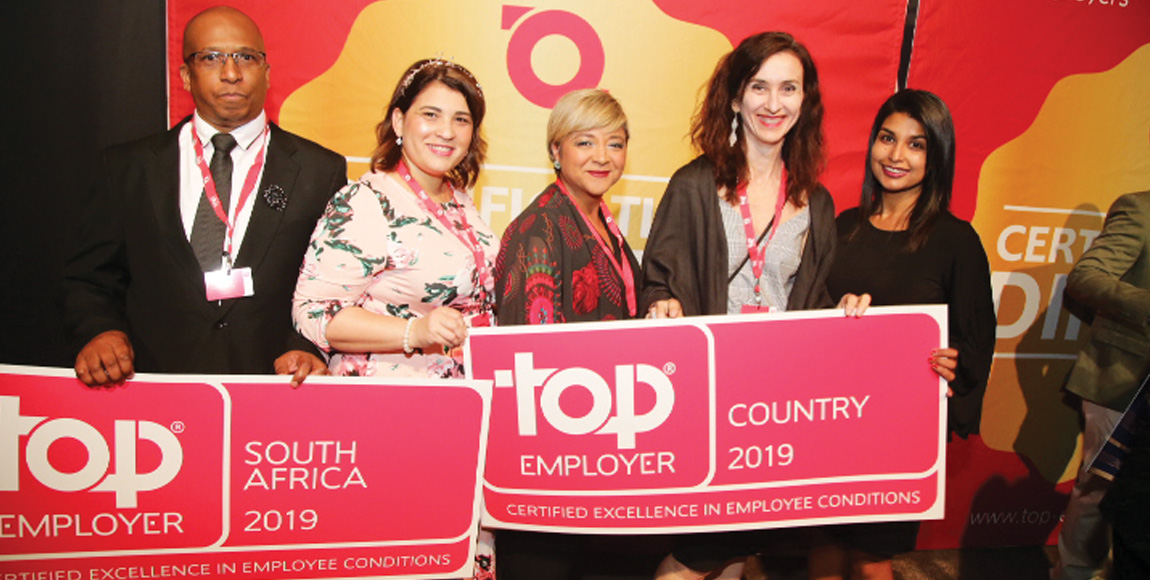Cheap just doesn’t add up

Is expensive better, or cheap cheerful? When it comes to tyres, you have to be wary of your upfront costs to save down the road
As is often the case when revenue is down and budgets are cut, more weight is given to the here and now, instead of thinking about the long term. Save a little now, worry about the rest later…
In transport, the three little letters of cost per kilometre (CPK) can be so easy to ignore in such a scenario. However, it would undoubtedly be ignorant to do so – especially when it comes to buying new tyres for a vehicle.
Riaz Haffejee, CEO of Sumitomo Rubber South Africa (manufacturer of Dunlop, Sumitomo and Falken tyres), explains: “CPK determines the real cost of the tyres on a vehicle and it is influenced by many factors including tyre position, load, condition of the vehicle, condition of the trailer, road condition and other external factors like the weather.
“Finding the CPK figure within a fleet is a unique calculation, although some generalisations can be made with regard to certain tyres and certain positions. It’s always better to work this out for a fleet given the specific variables involved. CPK can differ between different tyres, depending on the performance of the product in a certain application.”
Bridgestone SA small, medium and large fleet executive, Vernon Slack, notes: “In the transport industry, success or failure can be the result of whether operational costs are managed properly. With large volumes and big fleets, just a few rand saved can directly affect returns and, ultimately, profits.
“A slightly higher capital spend on quality tyres is likely to deliver a great return – in terms of lower operational costs – over the full lifetime of the tyre.”
Why is it, though, that some tyres might work out to be cheaper in the long run, despite being more expensive to purchase? It all begins with the design and manufacture of the tyre.
“To produce quality tyres, manufacturers have to do more than just churn out rubber. They need to invest in research and development, as well as in the materials that go into a tyre. They also need to investigate better ways of tracking performance in the field and delivering support when and where it is required,” Slack begins.
Haffejee points out that there can be major structural differences between cheaper and premium tyres.
“In some cheaper tyres, a radial breaker belt will be removed to make the tyre lighter, with the aim of saving costs. The downfall of this is that the casing integrity may be compromised, as strength and rigidity are now missing. With the protector belt missing, the tyre has less resistance to penetrations, which could mean more downtime and an increase in the breakdown costs for the transporter,” he says.

Because its casing integrity is usually better, due to better construction methods and superior materials being used in the manufacturing process, a premium tyre’s casing can be re-treaded far more often than that of a cheap tyre.
“Statistics from our retread partners show that a premium tyre’s retreadability is, on average, 66 percent higher than that of a cheaper imported tyre,” Haffejee comments.
Finally, testing is a large factor in determining a tyre’s performance and overall costs. “Premium tyres are developed and well tested for specific regions, or countries, to ensure the best performance for the application in which they are going to be used. Most often, cheaper tyres are produced to perform in the global market; and not necessarily the hot and robust African conditions,” Haffejee continues.
At the end of the day, it all comes down to performance. “It isn’t just a question of the longer life you can expect from premium brands,” adds Slack. “It is also a question of the performance of that tyre over its lifespan. Quality tyres will deliver better grip; they will handle repeated loads and the stresses of the road better; they will retread better; and they contribute to a safer fleet,” he reiterates.
“In most cases, premium tyres will outperform cheap tyres on mileage, due to superior compounds being used, and because they are constructed with performance in mind,” Haffejee notes.
Slack reiterates that it is crucial to bear in mind that the invoice price is just one component of tyre cost. “Operators are facing major budget pressures, but must consider the total CPK, which should also factor in the supplier’s value-added services and support network that help to keep vehicles on the road.”
Haffejee agrees: “In many cases, transporters buy the cheapest tyre without thinking of the CPK cost. Although this might be a good cash option, the long-term benefits of managing a fleet according to professional methods and CPK are lost.
“Consistency with a tyre brand is also important, as it helps to highlight where changes have occurred in performance over time. The proverbial saying that ‘you get what you pay for’ is often true.”
Slack concludes: “Cost cutting on equipment that is essential to the safe operation of a vehicle is never advisable. There is always a higher price to pay later. The best case would be that the tyres wear out prematurely. It could be, however, that a vehicle has left the road, leaving a load undelivered and potentially far more serious consequences.”
How to calculate CPK
CPK is calculated by dividing the cost of the tyre by the total kilometres travelled. For example:
Price point 1 Price point 2
Tyre cost: R3 500 Tyre cost: R2 850
Total kilometres done: 250 000 km Total kilometres done: 180 000 km
CPK: 3 500/250 000 CPK: 2 850/180 000
= 0,014 x 100 (format to rand) = 0,016 x 100 (format to rand)
= 1,4 cents/km = 1,6 cents/km
Goodyear and Continental among SA’s top employers
Each year, the Top Employers Institute of the Netherlands conducts international research and recognises leading employers around the world for providing excellent employee conditions, nurturing and developing talent, and striving to continuously optimise employment practices.
The recent Top Employers 2019 awards recognised Goodyear South Africa as a Top Employer for excellence in employee conditions, as well as Continental Tyre South Africa as a Top Employer for its commitment to creating a positive working environment for its employees. These are the companies’ fourth and second Top Employer accolades, respectively.

Darren Hayes-Powell, group MD of Goodyear South Africa, commented on what it means to be a Top Employer for Goodyear: “Goodyear has built a reputation as a customer-focused, agile leader in the South African tyre industry. This is only achieved through high-performing, capable associates. This award is recognition of the team and associates’ performance.”
Top Employer Institute CEO, David Plink, said: “We believe that the 2019 certified organisations demonstrate exceptional employee conditions and encourage the development of these practices by putting their people first. These companies help enrich the world of work with their outstanding dedication to HR excellence and because of this, they are recognised as an employer of choice.”

Attie Higgs, general manager of human relations at Continental Tyre SA, commented: “Having a well-established culture within the company, where employees are encouraged to explore and further their career paths, creates a high level of engagement and motivation throughout the business. In turn, this helps create a working environment where employees make meaningful contributions to the company and are invested in the success of the organisation as a whole.”
The Top Employers Institute Programme provides certified organisations with the ability to leverage their employer branding, benchmark their practices against other top performers and globally align their policies.
“Top Employers are organisations of the highest calibre that have worked hard to create, implement and progress their people strategies. They provide an outstanding experience through strategic and thoughtful workplace programmes, which create an environment that empowers and develops employees,” Plink concludes.
Published by
Focus on Transport
focusmagsa




